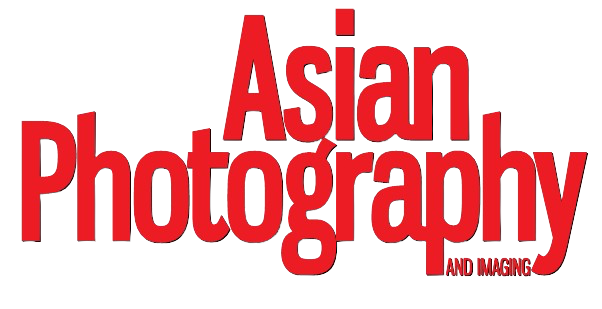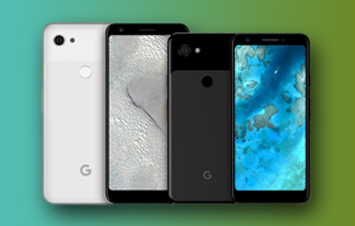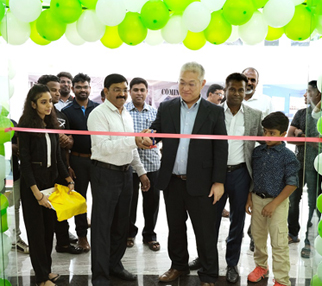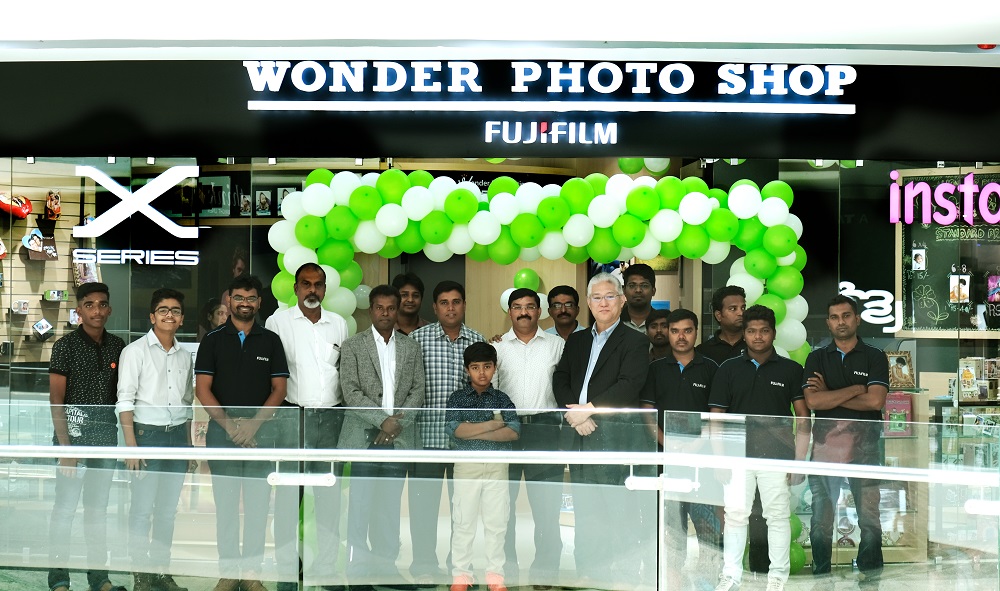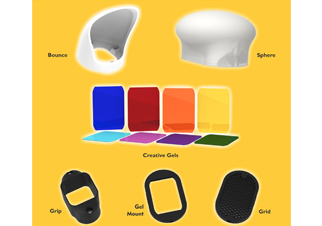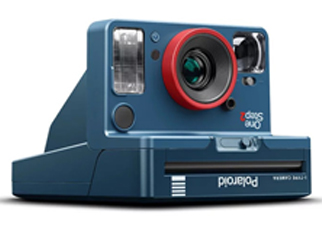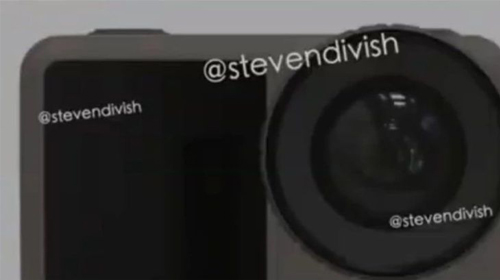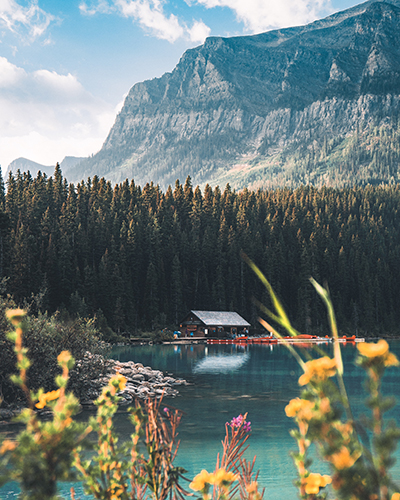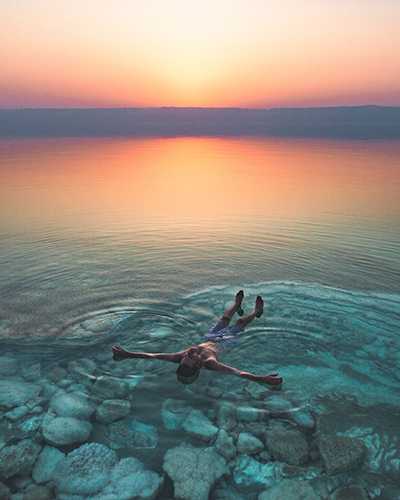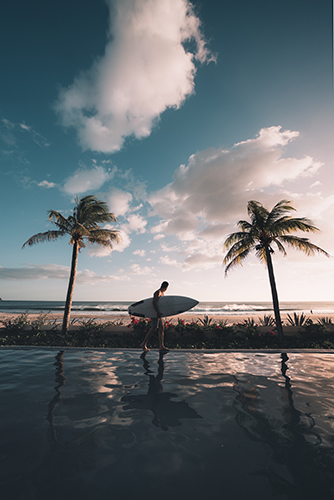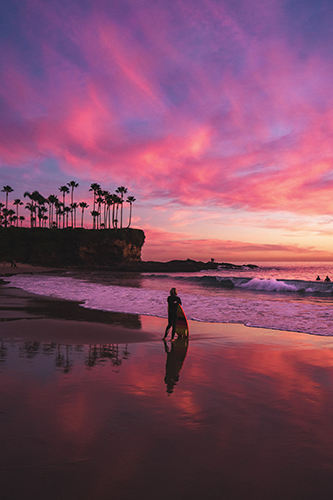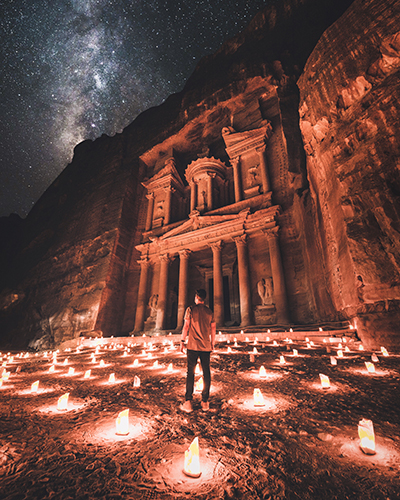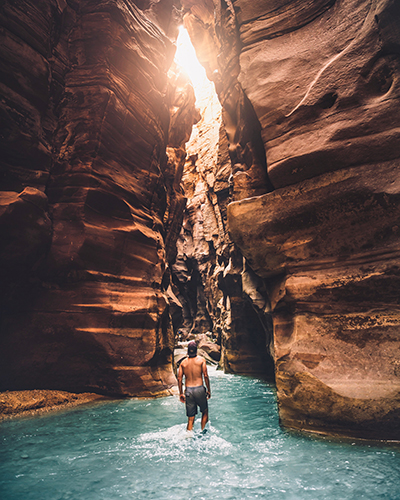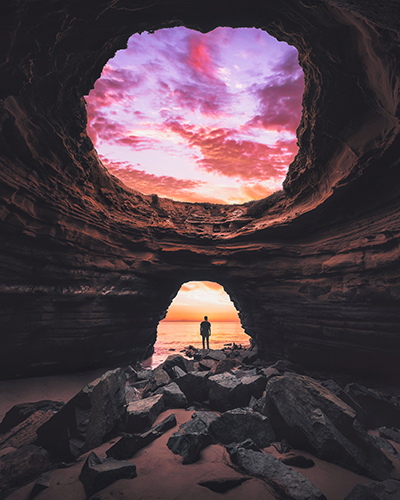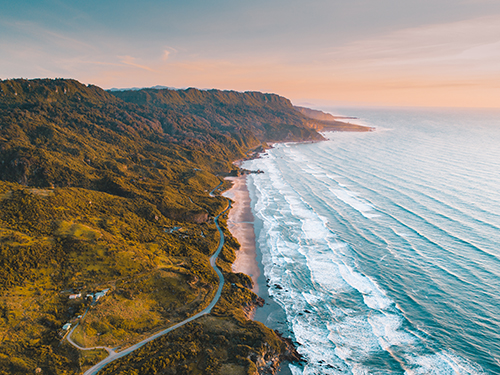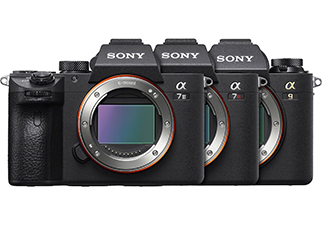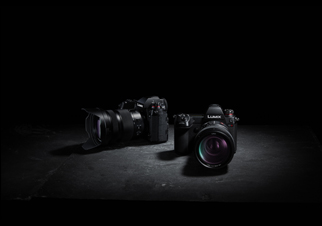Google launched its budget smartphones – the Google Pixel 3a and the Google Pixel 3a XL — on the sidelines of Google I/O 2019 last week. Now, nearly a week after their launch, the two smartphones are going on sale in India. Interested buyers can head to Flipkart on May 15 to get their hands on the two newly launched Pixel smartphones in India.
If you are planning to buy any of the two newly launched Pixel smartphones, Google is offering interesting deals as a part of the launch offer that will motivate you to shop now. For starters, customers can get up to Rs 4,000 off on the purchase of Pixel 3a or Pixel 3a XL smartphones via their HDFC credit card or debit card. In addition to this, interested buyers can get up to Rs 3,000 Rs off on exchanging their old smartphones for a new Pixel 3a or a Pixel 3a XL smartphone.
Apart from this, interested customers can also buy the Google Pixel 3a or the Google Pixel 3a XL smartphones using a no-cost EMI of up to 6 months via Bajaj FinServe and all debit and credit cards. And if you shop frequently at Flipkart (or if you are a Flipkart Plus customer), you can get Rs 1,000 off by redeeming 20 Flipkart Coins.
But the offers don’t end right there. Apart from discounts on the purchase of the Pixel 3a and Pixel 3a XL smartphones, Google is also offering a three-month subscription of YouTube Music Premium for free. This will give you access to YouTube’s vast catalogue of music videos, concerts and new releases at no additional. And in case you don’t like the experience, Flipkart, which is hosting Big Shopping Days sale on its platfrom from May 15 to May 19, is offering users a chance to return their Pixel 3a or Pixel 3a XL smartphone within 90 days of the purchase at a 90 per cent buyback value as a part of its ‘Love it or Return It’ offer.
In case you aren’t sure of the details, here’s a crash course in Pixel 3a and Pixel 3a XL specs for you: Both Google Pixel 3a and Pixel 3a XL smartphones are powered by Qualcomm Snapdragon 670 processor and they run on Android 9.0 Pie. The two buget Pixel smartphones sport 6GB RAM along with 64GB internal memory and they feature a 3.5mm jack along with Wi-Fi, Bluetooth 5.0, NFC and Google Cast for connectivity.
In terms of the camera, both Pixel 3a and Pixel 3a XL sport 12.2MP rear camera with Sony IMX363 sensor and electronic image stabalisation and an 8MP front camera. The only point of difference between the two smartphones is their display and their batteries. While the Pixel 3a comes with a 5.6-inch full HD+ gOLED display with a 3,000mAh battery, the Pixel 3a XL comes with a 6.0-inch full HD+ gOLED display and a 3,700mAh battery. The Google Pixel 3a is priced at Rs 39,999 in India while the Google Pixel 3a XL costs Rs 44,999.
